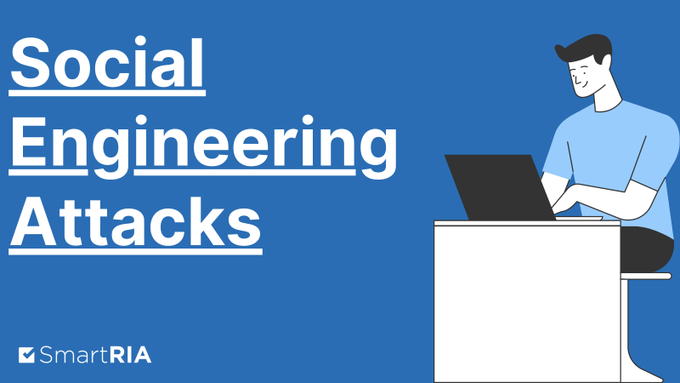Managing risk should remain a key in life and in investing.
There is very little that is typical about Thanksgiving 2020. The CDC and other U.S. public health experts requested that Americans avoid traveling, opening your home to people outside of your immediate family and hosting large gatherings on Thanksgiving.
Dr. Henry Walke, the Centers for Disease Control and Prevention (CDC) Covid-19 incident manager, said during the press briefing, “Right now, especially as we’re seeing this sort of exponential growth in cases, and the opportunity to translocate disease or infection from one part of the country to another, it leads to our recommendation to avoid travel at this time.”

Yet, a lot of Americans aren’t heeding the warnings and recommendations of public health experts. In Florida, for example, popular restaurants and bars were packed with customers and had wait times for a table exceeding thirty minutes. Moreover, AAA projects that 50 million Americans will be traveling for Thanksgiving.
https://twitter.com/i/events/1330235471012667392?s=21
The surge of COVID-19 infections, hospitalizations and projected rise in related deaths combined with adverse economy effects is just the “right” condition for creating a double dip recession and bear market.
Additionally, the dips could be fast and outsized because the surge is widespread and exponential. Moreover, it is occurring at a time of pervasive disregard for COVID-19 and stock market risks.
COVID-19 resurgence
During this COVID-19 pandemic and stock market runup, many people have been blaming “COVID-19 fatigue” for the reason they refuse to stand safely on the sidelines in safer assets and watch others ignore risks of a double dip recession and bear market, and ignoring warnings of exponential Coronavirus resurgence.
There are “a confluence of troubling issues, challenging uncertainties and destructive possibilities that descend on the economy and financial markets”, according to Forbes.
Focus on reality and risk
The incoming economic data in the US suggests that the US may be in jeopardy of experiencing a double dip recession because of the latest Covid-19 resurgence. Moreover, the data also indicates that there is no healthcare – economy trade-off.
Unemployment
Recessions produce outsized unemployment with many unable to find work for over over six months – a reality that is apparenty present now.
Consumer sentiment and spending
Consumer spending is equivalent to about two-thirds of the GDP. It is especially dependent on both consumer income and consumer sentiment. Increased unemployment naturally reduces both items.
Consumer spending, like GDP rebounded partially, but could stagnate or even fall due to higher unemployment and lower income, reflected by the decline in sentiment.
Stocks Drop On November 20, As The Double Dip Recession Narrative Finally Surfaces $NVDA $SPY $ZM https://t.co/gmyUOjw6ul
— TalkMarkets (@TalkMarkets) November 21, 2020
Hope for best, prepare for worst
Widely expected new government stimulus and broadly administered vaccinations are the current rationales for hope.
But risks remain. With the prevailing risk to the economy and markets, coupled with COVID-19 resurgence and uncertainty, it may be a wise move to play it safe.
References:









